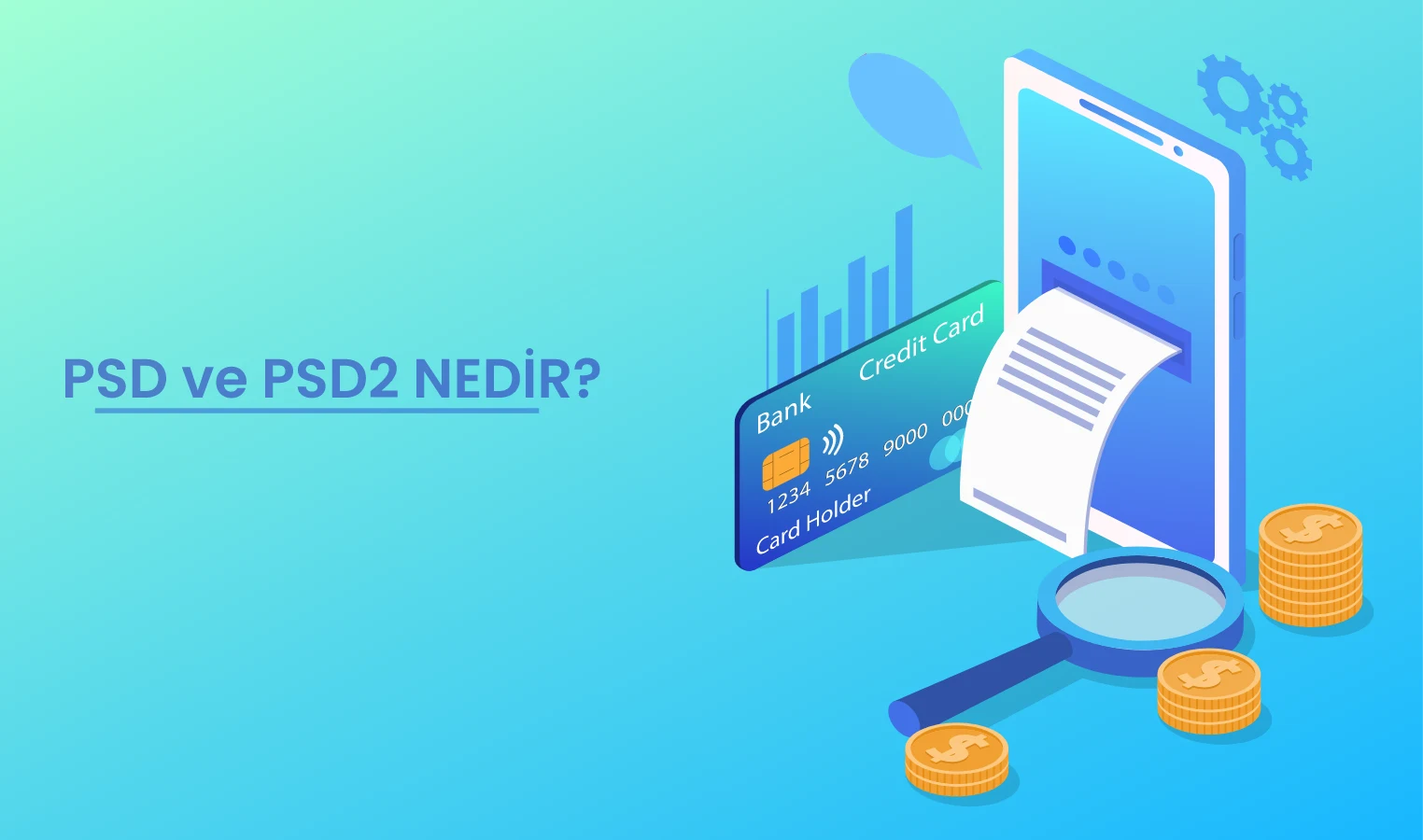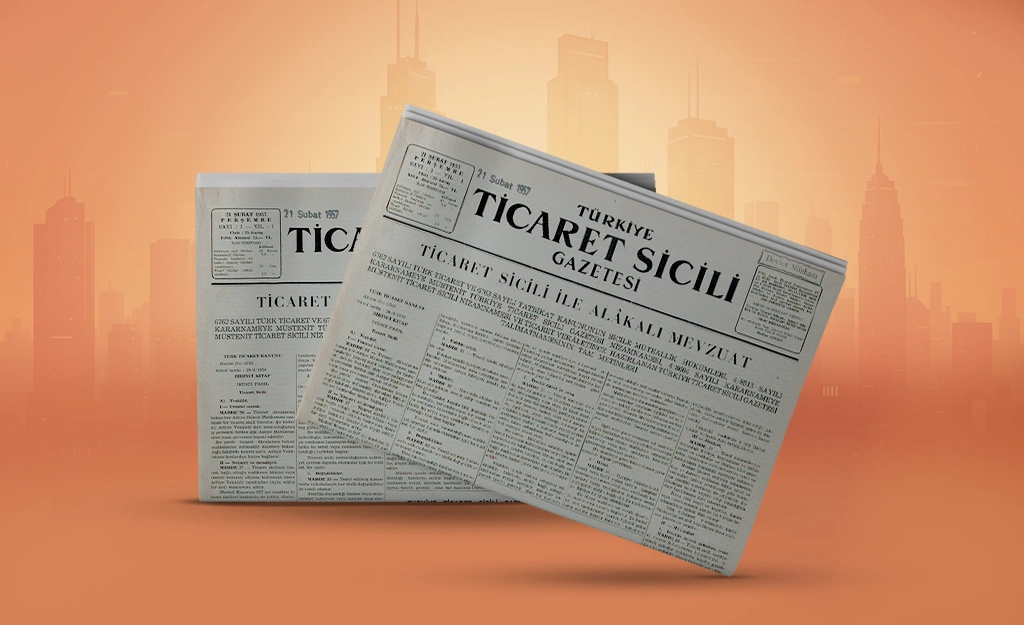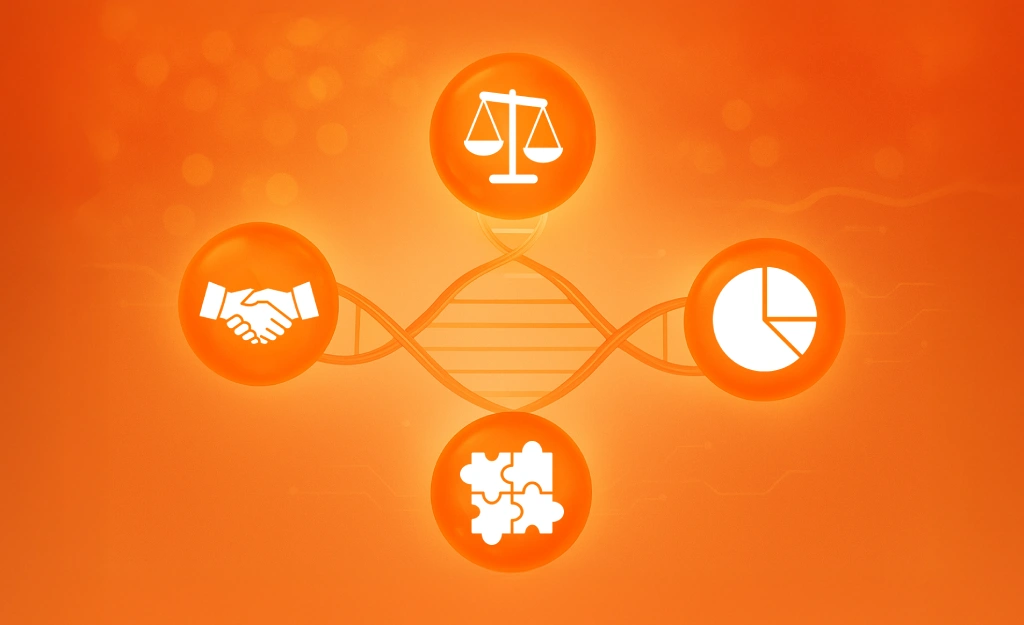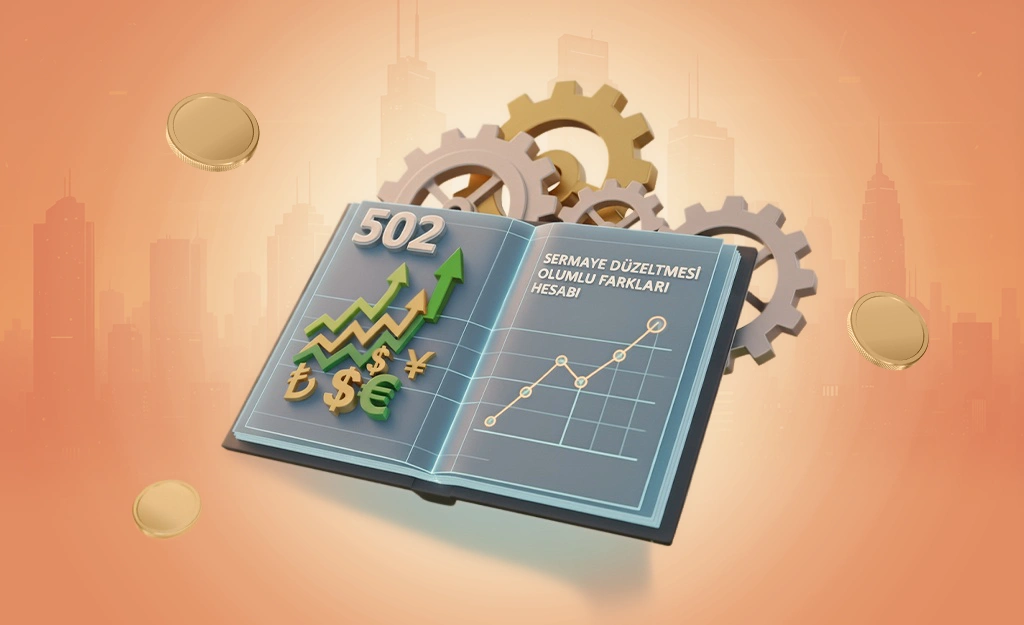What is PSD (Payment Services Directive); It is a supranational law designed to regulate payment services and payment service providers in all EU and EEA member states. PSD version 1 came into force in the European Union countries for the first time in 2009. It has a threefold purpose; To promote competition, improve service quality and protect consumers across Europe. Thirteen years of technological progress has significantly transformed the payment services market since 2009. For example, we have seen the emergence of smart new payment services (such as internet and mobile banking) combined with countless equally sophisticated security threats. The Commission proposed to revise the Payment Services Directive (PSD1) in July 2013. The proposal was part of a package of legislative measures on payment services that included a proposal for a Regulation on interchange fees for card-based payment transactions (Interchange Fee).
What is PSD2? PSD2 is a directive that aims to regulate the online payment industry across the EU. On 16 November 2015, the Council of the European Union adopted PSD2. It gave member states two years to incorporate the directive into their national laws and regulations. With the updates that came to the fore in 2015, it was called PSD2. For this reason, the first PSD was expressed as PSD1. PSD2 introduced Strong Customer Authentication to improve secure payments and reduce fraud.
Main goals of PSD2
Contributing to a more integrated and efficient European payments market.
Further improving the playing field for payment service providers by involving new players.
Making payments safer
Increasing protection for European consumers and businesses.
In other words, PSD2 supports innovation and competition in retail payments and improves the security of payment transactions and the protection of consumer data.
What is the difference between PSD1 and PSD2?
The payments ecosystem evolved exponentially between 2007 and 2018, when two directives were introduced. The difference between PSD1 and PSD2 is that the latter is an updated version that expands the scope of the former. PSD2 recognizes third-party players, accepts a wider range of payment transactions, and addresses some of PSD1's shortcomings as technology improves. PSD2 updates the telecom exemption by limiting it mainly to micropayments for digital services. It includes transactions with third countries where only one of the payment service providers is located within the EU. It also improves cooperation and information exchange between authorities in the context of authorization and supervision of payment institutions. The European Banking Authority will create a central register of authorized and registered payment institutions. Under PSD1, payments made through a telecom operator where the telecom operator acts as an intermediary between the consumer and the payment service provider (via carrier bill or direct telephone bill purchases) are excluded. With PSD2, purchasing products through a telecom operator now falls within the scope of the Directive. According to the new rules, payments made through telecom operators are also excluded. The exemption now covers payments made through telecom operators for the purchase of digital services or donations to charities. It makes electronic payments more secure. PSD2 has advanced security measures to be implemented by all payment service providers, including banks. In particular, it requires service providers to implement strong customer authentication (SCA) for electronic payment transactions.
Important Benefits and Questions Economic Benefits New EU rules help stimulate competition by providing the necessary legal regulation for companies to enter or continue in the market. This allows consumers to enjoy better choices between different payment services and service providers.
Consumer rights In PSD1, if users made automatic payments from their accounts, they had the right to reverse payments under certain conditions. PSD 2 provides a legal basis for the unconditional right to refund in the case of SEPA direct debit for a period of 8 weeks from the date of debiting the payments from the account. Once the payee initiates payment, the right to repayment allows the payer to retain control of their payment. In such cases, payers can request a refund even in the case of a disputed payment transaction.
Payment Security All payment service providers, including banks, payment institutions or third-party providers, must prove that they have taken certain measures for secure payment. The payment service provider must conduct an annual assessment of operational processes, security risks and all measures taken.
In the first half of 2019, there were at least 23 million stolen credit cards sold on the dark web. What you should pay attention to for E-Commerce Fraud: What is Fraud? You can find it under the topic heading.
What is the Scope of the Directive? The Directive applies to payment services in the European Union. It focuses on electronic payments that cost less than cash and stimulate economic growth.
What is Strong Customer Authentication? This stricter approach to security covers all new and more traditional payment methods. It helps reduce the risk of fraud in online payments and protect the confidentiality of financial data. This verification is an authentication process that verifies the identity of the user of a payment service or payment transaction.



